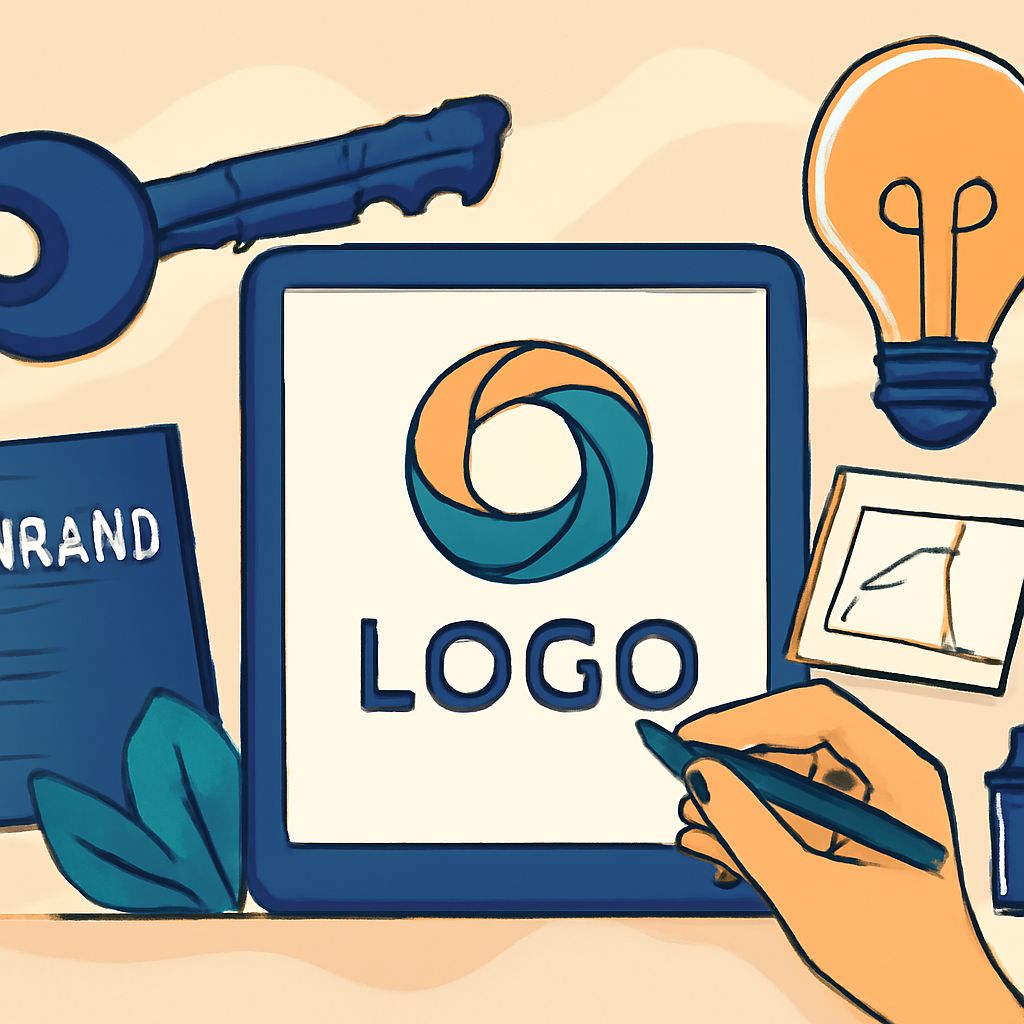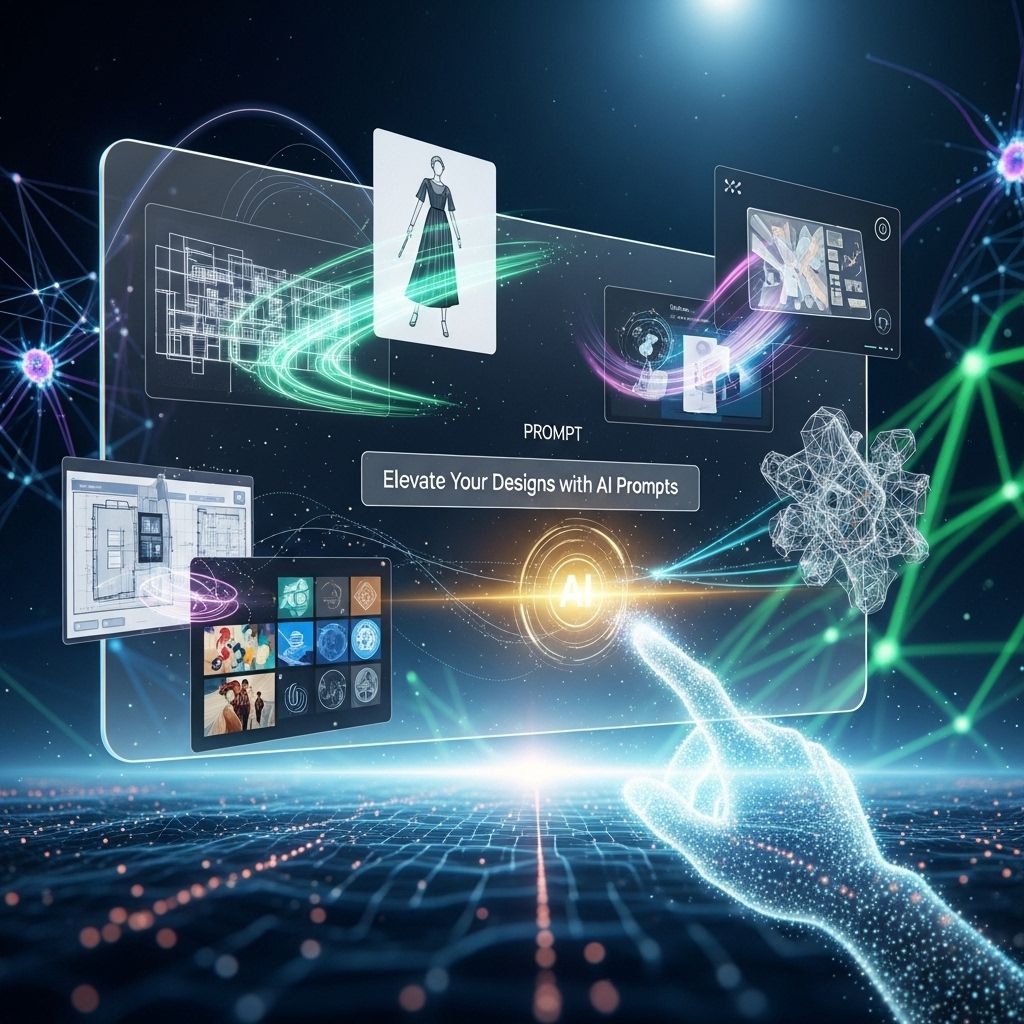Introduction
In an increasingly competitive market, the significance of a strong brand identity cannot be overstated. A logo is often the first interaction a potential customer has with a brand, making it a crucial element in the overall marketing strategy. As we step into 2025, the trends in creative logo design are evolving rapidly, reflecting shifts in consumer preferences and technological advancements. This article delves into the pivotal role of logo design in shaping brand identity and provides insights into the creative trends that are set to dominate this year.
The Importance of Brand Identity
A well-crafted brand identity serves as the foundation for a company’s image and reputation. It encapsulates the essence of the brand and conveys its values, mission, and personality. A logo, being a visual representation, plays a vital role in this identity.
Key Elements of Brand Identity
- Logo: The visual symbol that represents the brand.
- Color Palette: The colors used in branding evoke emotions and perceptions.
- Typography: The style of text used can communicate the brand’s tone.
- Imagery: The visuals associated with the brand contribute to its overall perception.
- Voice and Tone: The way a brand communicates with its audience shapes its identity.
Trends in Creative Logo Design for 2025
As we look forward to 2025, several key trends in logo design are emerging that brands can leverage to strengthen their identity. These trends reflect broader changes in consumer behavior and design technology.
1. Minimalism and Simplicity
Minimalism continues to be a dominant trend in logo design. The idea is to create a simple yet memorable logo that is easily recognizable and versatile across various applications. Brands such as Apple and Nike exemplify this approach.
2. Dynamic Logos
Dynamic logos that can change form or color based on context are gaining popularity. This flexibility allows brands to engage with their audience on a deeper level and adapt to different platforms and environments.
3. Sustainable and Ethical Design
As consumers become more environmentally conscious, brands are responding with logos that reflect sustainable practices. This includes the use of earthy color palettes and nature-inspired elements. A logo that conveys a commitment to sustainability can resonate powerfully with today’s consumers.
4. 3D and Visual Depth
The integration of 3D elements in logo design is on the rise. Using gradient colors and shadows can create a sense of depth, making logos more visually striking and engaging.
5. Nostalgia and Retro Designs
Drawing inspiration from the past, retro logo designs evoke feelings of nostalgia and authenticity. This trend can be particularly effective for brands aiming to establish a sense of trust and reliability in their audience.
The Process of Logo Design
Creating a logo is not just a creative endeavor; it is a strategic process that involves several stages.
Step 1: Research and Discovery
The first step involves understanding the brand, its audience, and the competitive landscape. This research forms the foundation upon which the logo will be built.
Step 2: Conceptualization
Based on the research, designers brainstorm ideas and begin sketching potential logos. This stage is crucial for exploring different concepts and styles.
Step 3: Design Development
Once a few concepts are selected, the designer creates digital versions of the logos, exploring color schemes, fonts, and layouts.
Step 4: Feedback and Revision
Presenting the designs to stakeholders and gathering feedback is essential. Revisions are made to ensure the logo aligns with the brand’s identity and vision.
Step 5: Finalization and Delivery
The final logo is prepared in various formats for different applications, ensuring it maintains its integrity across platforms.
Case Studies of Successful Logo Redesigns
To illustrate the impact of logo design on brand identity, let’s explore a few successful logo redesigns.
1. Instagram
Instagram’s logo redesign in 2016 simplified its design, moving from a detailed camera icon to a more streamlined gradient version. This change reflected the platform’s growth and the shift to a more minimalistic approach.
2. Airbnb
Airbnb’s rebranding in 2014 introduced the “Bélo” symbol, emphasizing belonging and community. The logo’s simplicity and meaning resonated with users, helping to establish a strong emotional connection.
3. Pepsi
Pepsi has undergone numerous logo updates, but its most recent redesign in 2023 focused on a retro aesthetic while incorporating modern elements. This blend of old and new has allowed Pepsi to appeal to both nostalgic and youthful audiences.
The Role of Technology in Logo Design
Technology has significantly influenced logo design, providing new tools and platforms for creativity. Designers can now use software that facilitates 3D modeling, animation, and even artificial intelligence to generate logo concepts.
Design Software and Tools
Popular design tools like Adobe Illustrator, Sketch, and Figma have become staples in the logo design process, offering features that enhance creativity and efficiency.
AI in Logo Design
Artificial intelligence is making waves in the design world, allowing for automated logo generation. While AI-generated logos can serve as a starting point, the human touch remains essential for creating a unique and meaningful brand identity.
Conclusion
In 2025, the power of creative logo design remains a cornerstone of brand identity. As trends evolve and technology advances, the importance of a well-thought-out logo will only grow. Brands that embrace these changes and adapt their identities accordingly will stand to gain a significant advantage in a crowded marketplace. It is not just about aesthetics but about creating a visual narrative that resonates with audiences and encapsulates the brand’s values and mission.
FAQ
What is the significance of logo design in brand identity?
Logo design plays a crucial role in establishing brand identity as it visually represents the brand’s values, mission, and personality, helping to create a memorable impression on consumers.
How does creative logo design impact customer perception?
Creative logo design can significantly enhance customer perception by conveying professionalism, trustworthiness, and innovation, which can influence purchasing decisions.
What trends in logo design should brands consider in 2025?
In 2025, brands should consider trends such as minimalist designs, vibrant color palettes, and adaptable logos that can be easily used across various digital platforms.
How can a logo reflect a brand’s values?
A logo can reflect a brand’s values through its color scheme, typography, and imagery, aligning visual elements with the brand’s mission and ethos.
What role does color play in logo design?
Color in logo design plays a vital role as it evokes emotions and conveys messages; different colors can trigger specific associations that can enhance brand recognition.
How often should a brand update its logo?
While there’s no set rule, a brand should consider updating its logo every 5-10 years or when it undergoes significant changes in its business strategy or target audience.




